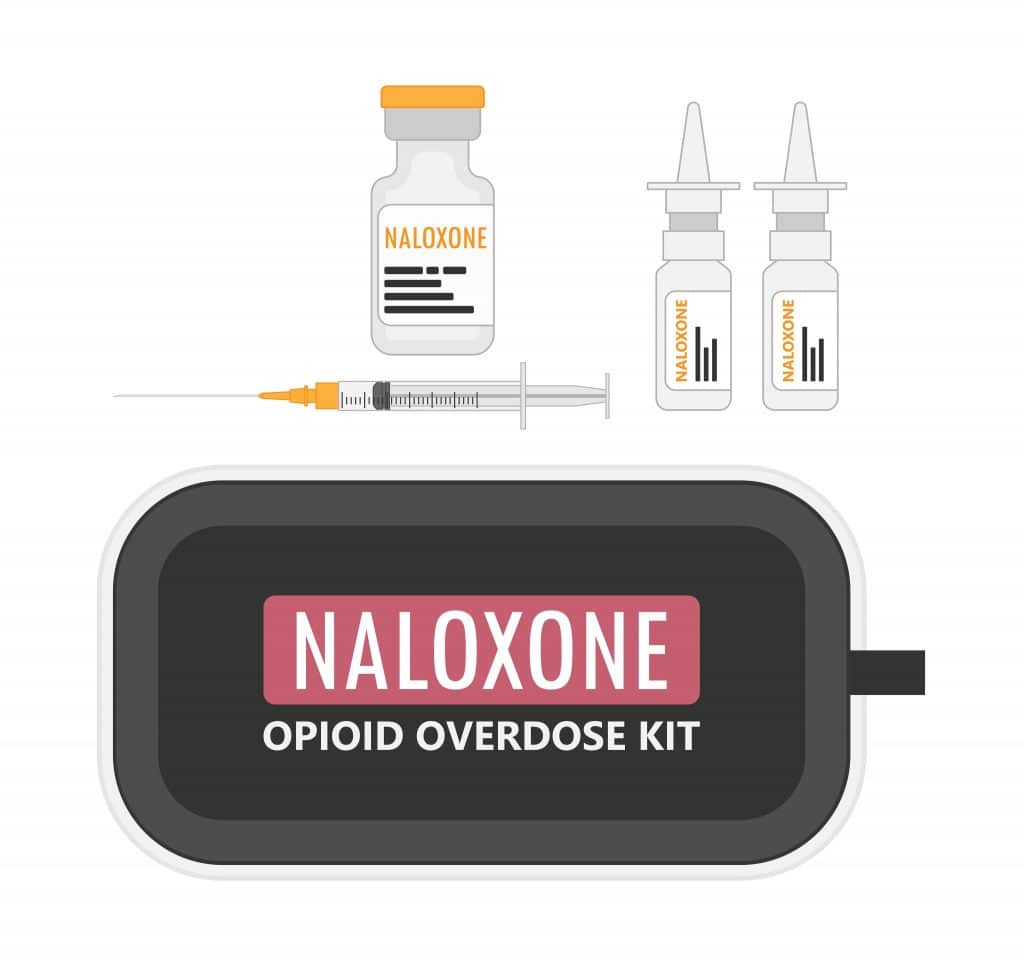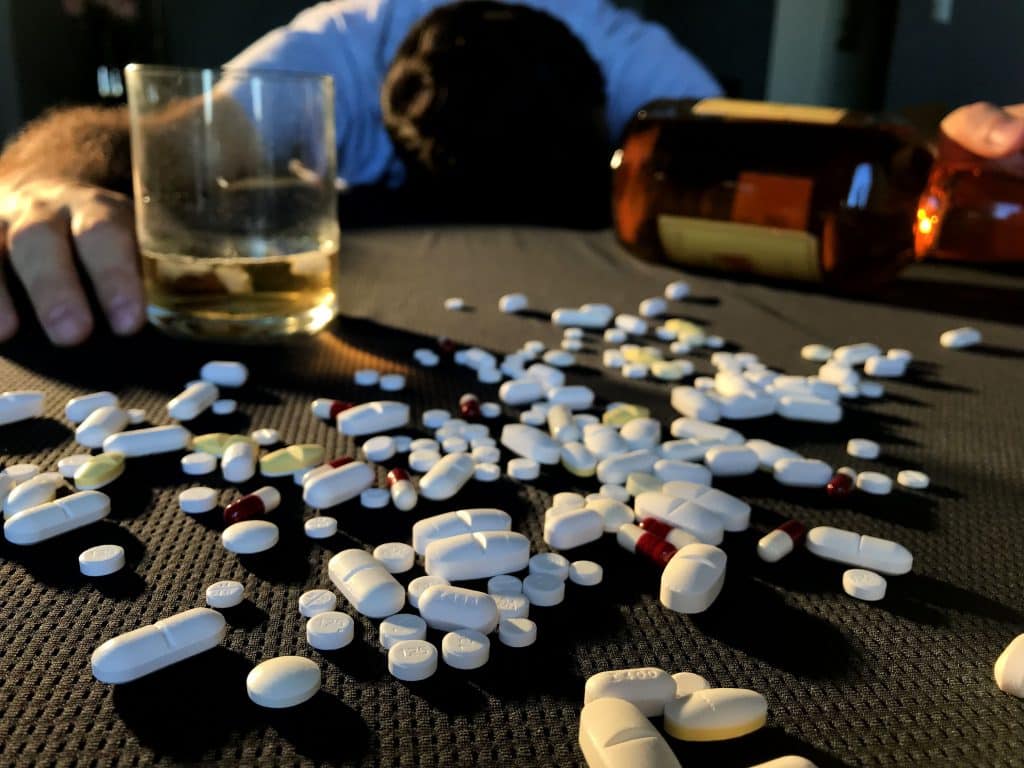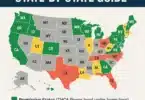The idea of a safe drug consumption site is horrible in the first place, there’s no getting around that. By the time we start talking about these things, it means there’s already a pretty big problem that has proliferated out to massive degrees. Right now, California is waiting for a safe drug consumption site bill to get signed by the governor, to combat the ongoing and growing opioid issue. But he’s been holding back… Will he do it?
California looks to be the second state to institute legislation for safe drug consumption sites, so long as the governor doesn’t veto the bill. Welcome to this wholly independent publication focusing on the cannabis and psychedelics spaces of today. We offer the Cannadelics Weekly Newsletter so readers can keep updated on important events, as well as get themselves some great deals on tons of products from vapes and smoking equipment, to cannabinoid compounds like the super-popular Delta 8 & HHC. Find deals in our ‘best of’ lists, and please only buy products you’re totally comfortable using.
What’s a safe use site?
A safe use site – also called a ‘safe drug consumption’ site in California’s SB 57 bill, a ‘harm reduction site’, or a ‘safe injection site’ is a place where drug users can use drugs without threat of legal intervention. This isn’t meant to encourage the use of hard drugs, but instead to offer a safe place for those battling addiction, who are required to take their drug because of their addictions. These sites make it legal to use drugs that are either uniformly illegal, or not meant to support an addiction.
Safe use sites generally offer other services, as well. Like testing kits for fentanyl to ensure a person is using what they think they are; giving out clean needles, and a place to dispose of used ones; and resuscitative services in case of overdose. They are also sites where users can gain information for different programs related to drug addiction or other social services like housing. In general, the sites are meant to act as an oasis for those with drug problems, which allows them to go about their habit, while also possibly accessing help to stop it.
California isn’t the first state to entertain the idea of these programs. In July of 2021, Rhode Island became the first US state to approve a safe use site measure when Governor Dan McKee signed a bill instituting these sites as a measure against that state’s growing opioid issue. Prior to Rhode Island, Philadelphia also attempted to institute safe use sites, but so far has been barred from doing so.

Rhode Island was the first to pass official legislation, but not the first state to enact a program. That designation goes to New York City. The first safe use sites in New York opened in November of 2021, and are in East Harlem and Washington Heights. The sites are backed by Mayor Bill de Blasio, who made the decision to open them, as no formal legislation currently exists. There is a bill circulating in New York’s legislature now, that would institute programs like this throughout New York if it passes.
These sites don’t explicitly come with the expectation of reducing drug use, but they do give a safe place to use the drugs – and possibly more importantly, to keep them away from other populations. The American Medical Association published a study recently about those first two sites in New York, which concluded that the sites have decreased overdose risks, kept use out of the public, and have been useful in providing complimentary services to users in need.
California’s safe drug consumption site legislation
At the end of July, the California Senate re-passed a bill to establish safe drug consumption sites in the state. The bill (SB 57) was amended by the General Assembly in June, requiring yet another Senate vote for passage after edits. This happened in a vote of 21-11, sending the piece of legislation to Governor Gavin Newsom’s desk.
This initial pilot program is meant to go until January 1st, 2028, and only approves sites in the cities of Los Angeles, San Francisco, Los Angeles Country, and Oakland. According to Sen. Scott Wiener who introduced the legislation, “We’re seeing an escalation in overdose deaths. These sites are a proven strategy to save lives & get folks into treatment. It’s time.”
Wiener introduced the legislation originally in 2020, and it did pass the Senate in spring of 2021. Prior to that attempt, a similar bill did go through in 2018, which was vetoed by then-governor Jerry Brown. This time around, though Newsom is against the war on drugs, and a proponent of legal cannabis, there seems to be a hold up in getting the bill signed into law.
Newsom has not actually signed the bill. Though Newsom supports liberal measures, and is a beacon for liberal policy, as a main advocate in the fight for same-sex marriage and cannabis legalization, he still hasn’t signed the bill. If he doesn’t by August 22nd, it will automatically pass into law, though he has until then to sign it or veto it himself. What the holdup is, isn’t clear for sure, but some speculate it has to do with Newsom wanting to run for president in the upcoming 2024 election.

Where else do safe use sites exist and why?
California and other parts of the US might be starting to adopt safe drug consumption sites, but this isn’t new to other parts of the world. These sites already exist in Canada, Australia, and different parts of Europe, for which there are about 100 sites operating. The largest number in Europe is in the Netherlands, which has almost 40 sites. The country started operating these centers in 1996, and was able to subsequently lower the amount of overdose deaths in the country. Canada opened its first site as far back as 2003 in Vancouver.
In Canada, between the years 2017-2019, there were two million visits to these safe use sites. As of last year the country had 39 operational safe use sites, which accounted for an expected daily rate of 3,000 people across sites. The busier sites operating in Canada often have up to 500 visits a day, according to Health-Infobase.
These pilot programs were not put in place for drugs like cannabis, but rather to combat the increasing opioid epidemic which is claiming so many lives. However, it technically operates as a place where cannabis can be used freely as well. The real culprit is not illegal drugs like heroin (which started the whole safe-use thing in the first place), but prescription opioid medications like fentanyl, which are still being written in large quantities.
Just how many deaths are we talking about? In May of this year, the CDC released preliminary data, which put the overdose rate for 2021 at 107,622. That’s total overdose deaths, but seeing how 68,000 of 2020’s 93,000 overdose deaths were opioid-related, it gives a pretty good idea of just how impactful opioids were in the 2021 number.
Why is this considered a pharmaceutical issue? Of the close to 71,000 overdose deaths of 2019, heroin overdoses accounted for under 15,000, while synthetic opioid overdoses (the big pharma drugs like fentanyl and oxycodone) accounted for 48,000. Of course, its actually been noted by the CDC that heroin overdose deaths decreased by 7% from 2019-2020, indicating that a raised overdose rate, is related to the pharma-produced synthetic opioids only.
Is this the best option?
This is so much of a pharmaceutically-made problem, that it makes recent moves, like President Biden sending out a memorandum on why Colombia should still be attacked for its illicit drug trade, seem rather odd. If Biden is saying Colombia is that dangerous, when its not where the drugs causing the deadly issue are coming from…then why act like that’s the big problem, while simultaneously allowing pharmaceutical companies to continue selling opioids, and for doctors to continue prescribing them?

If the drug problem is so bad and rising despite a failing war on drugs, then it seems the US should be blocking all pharmaceutical opioids in general, and leaving countries like Colombia out of it. Not only did Biden send that memorandum, but he did it the day new Colombian president Gustavo Petro started talking about ending the war on drugs, and finding better means that won’t result in a bunch of dead Colombians. Sounds like Biden would prefer dead Colombians to other, more useful, and more sense-making, options.
Like ketamine. How ketamine has been so completely left out of the conversation, while memorandums are given to the defense secretary to continue bombing Colombians suspected of having a part in the illicit drug industry, is insane. Yet research is out on ketamine’s ability to help with both acute and chronic pain, comparably to opioids, and that it does so without the same ability for addiction. In fact, it’s been shown to help with the obsessive thoughts that go with addiction, making it an even more useful tool for getting people off of these synthetic opioids. Add onto this that short term infusions have shown to net pain-relief results for up to several weeks at a time, and it makes the idea of safe use sites, or large-scale drug decriminalization measures of hard drugs, the worse options that will keep people hooked, rather then help them end their addictions.
Conclusion
Whether Newsom signs the California bill for safe drug consumption sites, vetoes it, or simply lets it pass into law, the problem doesn’t go away. If America really wants an answer to this growing catastrophe, it will have to think way more logically than making something unwanted, more socially acceptable; and get to the reasonable alternative measures that can actually end this.
Hello readers! We appreciate you joining us at Cannadelics.com, a top choice news platform for independent coverage of the growing cannabis and psychedelics landscapes of today. Come by the site whenever possible for updates on current and world-changing events, and head over to the Cannadelics Weekly Newsletter, so you’re always up on what’s going down.







